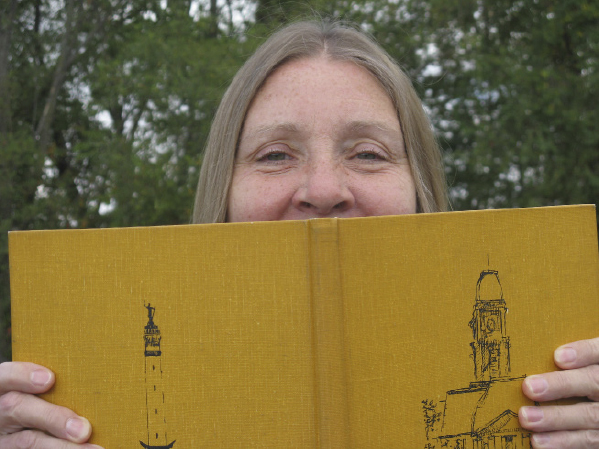A New Truth or Tall Tale Quiz

As you know, I get most of the historical information for this column by poking around in the old newspapers. I’ve found they tend to provide the most accurate accounts of whatever I’m researching, especially if they’re contemporary to the subject matter.
However, even the newspapers don’t always get their facts straight. That’s why it’s important to verify information with more than one source — and why we’re having another “Truth or Tall Tale” quiz this week. It’s part of my ongoing effort to stop the spread of historical misinformation.
Can you tell which of these are tall tales?
1. A meteorite used to sit on the southeast corner of Noblesville’s Tenth and Division Streets.
2. When Frederick Douglass escaped from slavery, Westfield was one of his stops on the Underground Railroad.
3. Strawtown missed being chosen Indiana’s new state capitol in 1820 because one of the commissioners assigned to select the site skipped out on the voting to go fishing.
4. The mansion south of Noblesville on Allisonville Road that was once known as Golden Manor and is currently Third Phase Christian center was a station on the Underground Railroad.
Now, the answers . . .
1. A tall tale. Maybe. Then again, maybe not. A large rock, two or three feet high, did sit there for over 70 years after having been moved across the street from its original site, the Second Ward schoolyard.
Whether the rock was actually a meteorite or not is debatable, but people believed it was. They even mounted it on a concrete base and placed a bronze plaque upon it.
Unfortunately, we’ll never know the truth, because this Noblesville landmark mysteriously disappeared in 2007 and no one has ever admitted to knowing what happened to it.
2. That’s a tall tale. The reference appears in an August 18, 1941 Noblesville Daily Ledger article that’s part of a series written by Julia Stout Conklin on the Underground Railroad in Hamilton County.
According to Conklin, her grandfather, Washington Township pioneer Ephraim Stout, sheltered Douglass during his escape.
Douglass did visit Hamilton County — three times, in fact — but those visits all took place years after he gained his freedom. When he escaped from slavery he went from Maryland’s eastern shore to New York City by way of Philadelphia. He was nowhere near Indiana.
Conklin must have misunderstood information passed down in her family, because she did some otherwise excellent research on Westfield’s role in the Underground Railroad.
3. Definitely a tall tale. The belief that Strawtown nearly became the state capitol goes all the way back to the late 19th century. Although that story has been spread for years, it’s not true.
According to a journal kept by John Tipton, one of the commissioners assigned to choose the new capitol’s site, Strawtown was never in the running. The only places considered were one near Waverly, Indiana, and what eventually became Indianapolis.
The part about the fishing seems to have been a later embellishment to the tale.
4. Another tall tale. This one probably got started because there used to be a tunnel between the mansion’s basement and White River. (The tunnel’s entrance was sealed off in the 1970s.)
That house was actually built by Indianapolis attorney William V. Rooker between 1908 and 1910, WAY after the Underground Railroad period.
I checked the 1866 map of Noblesville Township, and it does appear an earlier structure of some kind existed at that site, but that could have been a barn. Moreover, a couple of 1908 articles that describe what was planned to be the “largest and best appointed country home in Hamilton County” don’t mention an earlier house at that location.
You have to wonder, though, why Rooker felt a need for a tunnel.
We’ll probably never know.
Paula Dunn’s From Time to Thyme column appears on Wednesdays in The Times. Contact her at [email protected]
